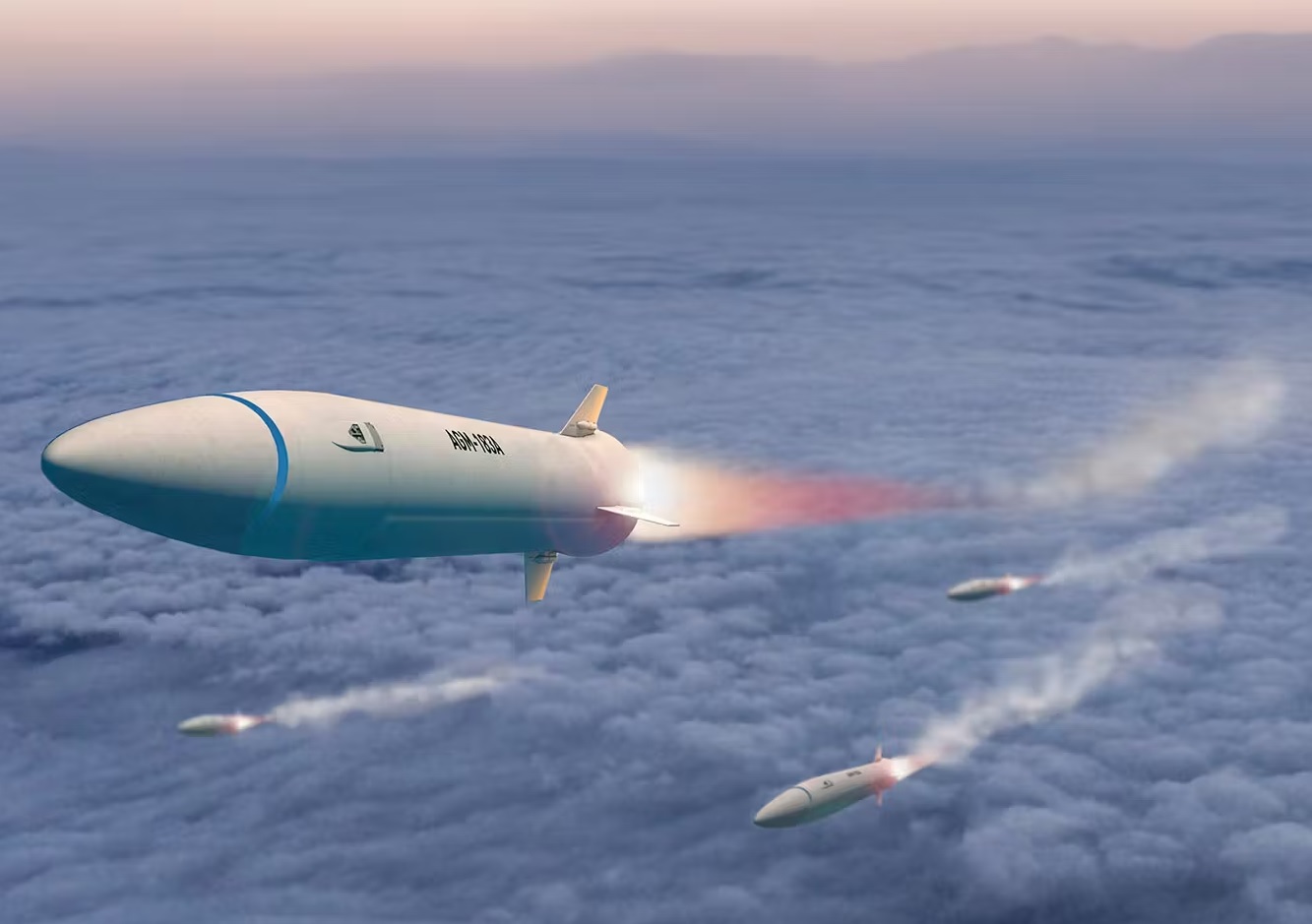UK and Germany Accelerate Development of 2,000 km-Range Precision Missile Under “Trinity House” Defense Pact

The United Kingdom and Germany have taken a major step forward in their defense collaboration, with British Defence Minister John Healey confirming that work is “progressing rapidly” on a new joint long-range precision-guided missile capable of reaching targets at a range of up to 2,000 kilometers. The announcement highlights a deepening partnership between the two European powers under the “Trinity House Defence Agreement”, a strategic framework signed earlier this year to enhance joint weapons development, defense manufacturing, and technological innovation.
Although Healey did not specify whether the missile is cruise or ballistic in nature, defense analysts believe the range and development context suggest a next-generation standoff strike weapon, designed to meet the growing demand for long-range precision capabilities in Europe’s evolving security environment.
A European Response to Strategic Threats
The development of a 2,000 km-class missile marks a significant shift in Europe’s post–Cold War defense posture. Traditionally, NATO’s European members relied heavily on U.S. systems such as the Tomahawk or JASSM-ER for long-range strike missions. However, recent geopolitical developments — including the war in Ukraine and increased instability in Eastern Europe — have accelerated efforts to build indigenous European strike capabilities that reduce dependency on American systems.
A missile with a 2,000 km range would give both the Royal Air Force (RAF) and the German Luftwaffe the ability to strike deep targets from safe stand-off distances, well outside enemy air defense zones. If deployed on aircraft such as the Eurofighter Typhoon, it could represent a significant upgrade to European air power, allowing precise, long-range targeting of high-value infrastructure, command posts, and mobile missile systems.
The “Trinity House” Framework
The Trinity House Defence Agreement, signed in London earlier this year, forms the foundation of this new missile collaboration. The pact aims to deepen UK-German defense industrial cooperation, foster joint research and development, and support modernization of Europe’s defense supply chains.
While details of the missile project remain classified, the agreement’s structure reportedly focuses on three pillars — innovation, interoperability, and industrial sustainability — symbolizing the “trinity” concept. Under this framework, the two nations are co-developing advanced propulsion systems, guidance technologies, and warhead designs suitable for multi-platform deployment.
The program is also seen as part of a broader European effort to restore long-range strike capabilities once limited by the now-defunct Intermediate-Range Nuclear Forces (INF) Treaty, which restricted land-based systems with ranges between 500 and 5,500 kilometers. With those restrictions no longer in effect, several NATO countries are exploring conventional precision weapons that can deter adversaries without escalating to nuclear thresholds.
Strategic and Industrial Implications
British defense officials describe the missile project as “a cornerstone of a future European strike complex,” which could later expand to include participation from other NATO allies such as France, Italy, and Poland. It aligns with the UK’s ongoing investments in deep-strike and hypersonic technologies, including the SPEAR-EW, FC/ASW (Future Cruise/Anti-Ship Weapon), and the DragonFire directed-energy system.
For Germany, participation in the program represents a notable step toward strengthening its domestic defense industry following the creation of the €100 billion Bundeswehr Special Fund, which aims to modernize the country’s military capabilities. The collaboration with the UK also enhances Germany’s ability to contribute advanced technologies — particularly in propulsion, digital fire control, and manufacturing precision components — to European defense projects.
Future Deployment Prospects
The missile’s specifications remain undisclosed, but early reports suggest it could feature a dual-mode guidance system, combining inertial navigation, satellite correction (GPS/Galileo), and terrain-matching for precision targeting. Depending on the platform, the system could potentially be adapted for air, sea, or ground-based launch, giving it flexibility similar to the U.S. Tomahawk Block V or the French MdCN cruise missile.
British defense sources have indicated that initial flight testing could begin by 2027, with operational deployment expected early in the next decade if development continues on schedule. The weapon is expected to carry a conventional payload, though modular designs could allow different warhead options depending on mission requirements.
A Step Toward European Defense Autonomy
The rapid progress under the Trinity House framework underscores a wider shift in European defense thinking — moving from reliance to strategic autonomy. As Minister Healey noted, “Our shared security depends on shared capability. The work with Germany under Trinity House strengthens both our nations’ ability to respond rapidly, decisively, and independently.”
For the UK and Germany, the 2,000 km missile program is not just about range or technology — it represents a symbol of renewed European defense cooperation, driven by shared strategic interests and industrial strength. Once complete, the system could redefine Europe’s precision strike capability, bridging the gap between deterrence and response in an increasingly uncertain security landscape.
✍️ This article is written by the team of The Defense News.






